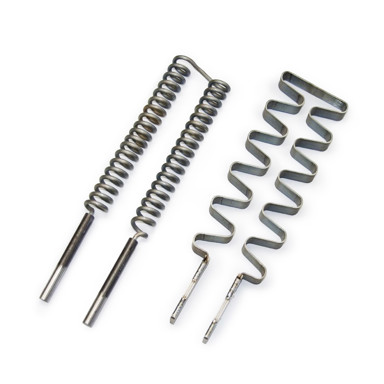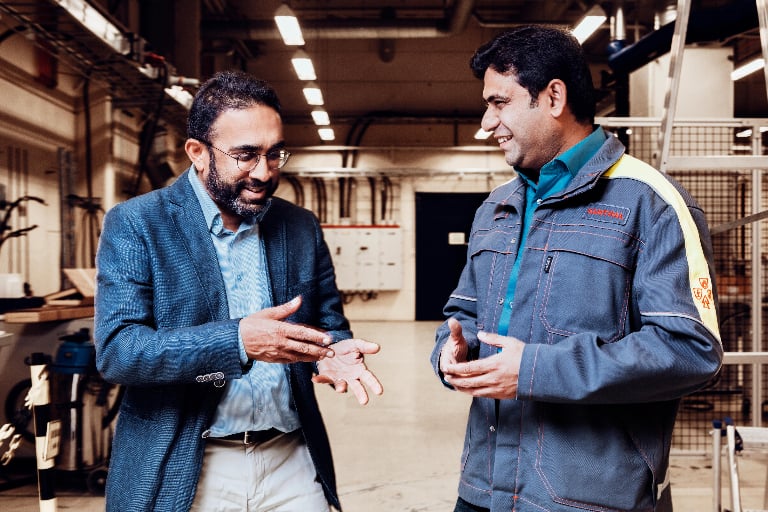After tempering, float glass becomes four times stronger, which means that when it breaks, rather than breaking into sharp hazardous pieces, it crumbles into small shards that are relatively safe to handle. This is essential before the float glass can be used in commercial applications, such as construction, automotive windshields and home appliances.
The tempering process in brief
Float glass is heated up in a controlled process to around 620°C (1,150°F). This increases the strength of the glass fourfold.
 Arthur Moslow, Electrification Project Manager, Kanthal.“Glass tempering furnaces are typically large with multiple zones where they can adjust and control the temperature as the glass moves through,” explains Arthur Moslow, Electrification Project Manager. “The challenge for furnace builders is being able to provide lots of different zones of control, so they usually feature many different types of coiled metallic heating elements within the one furnace, which is far more than the average industrial furnace.”
Arthur Moslow, Electrification Project Manager, Kanthal.“Glass tempering furnaces are typically large with multiple zones where they can adjust and control the temperature as the glass moves through,” explains Arthur Moslow, Electrification Project Manager. “The challenge for furnace builders is being able to provide lots of different zones of control, so they usually feature many different types of coiled metallic heating elements within the one furnace, which is far more than the average industrial furnace.”
Multiple elements for precise temperature control
The purpose behind having so many heating elements is to give better temperature precision throughout the furnace’s different zones, so that manufacturers can control the quality of the final product. However, this can make maintenance and repairs more challenging, as it’s difficult for glass manufacturers to stock all the necessary spare element grades.
“This means glass manufacturers are often very reliant on the equipment supplier,” says Moslow. “Kanthal has the widest range of coil metallic heating elements in the market and can offer a full spectrum of products. If a customer experiences an issue with an element, rather than simply issuing a replacement, we can analyze the furnace and find a bespoke solution.”
The alloy experts
Kanthal is in the unique position of also being the manufacturer of the alloy material used to make its elements.
In fact, Kanthal is in the unique position of also being the manufacturer of the alloy material used to make its elements. This not only enables Kanthal to deliver new elements faster than many of its competitors, but also gives them unique insights into how they perform.
“Obviously, we are the most experienced when it comes to using our own materials,” says Moslow. “We also have the ability to analyze the performance of the existing elements and make recommendations and improvements. It could be to increase output, improve temperature uniformity or to extend the lifetime of the elements and by extension increase the furnace’s uptime. This is something we do on a daily basis.”
Three key benefits of Kanthal coil metallic heating elements in glass tempering furnaces
- Wide range of products. Kanthal can offer a full spectrum of different coil metallic heating element grades, to meet the complete needs of all furnace builders.
- Leading experts in core alloy. Kanthal manufactures not only its own elements but also the alloy material, and therefore understands it far more than other manufacturers.
- Unique insights and optimizations. Kanthal has the ability to analyze a furnace’s existing elements and make recommendations and improvements to increase output, improve temperature uniformity or extend the elements’ lifetime.
Connected products
Here you can find the Kanthal product offering
Read more
Our latest articles

